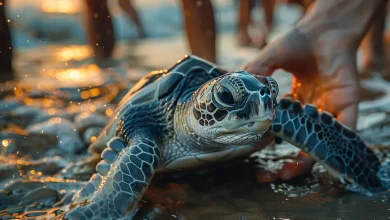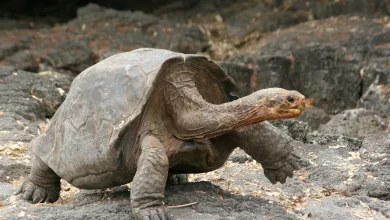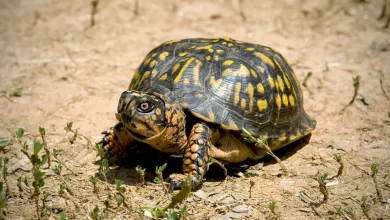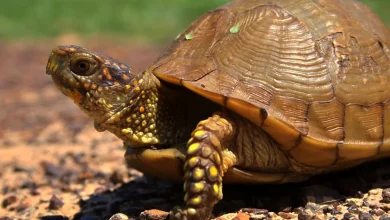The Coahuilan Box Turtle (Terrapene Coahuila, Schmidt and Owens, 1944) is a box turtle species and is also sometimes referred to as the Aquatic Box Turtle. It is a heavily endangered Species.
Table of Contents
Coahuilan Box Turtle Distribution
The Coahuilan Box Turtle is not available to the average pet owner. It has been officially recognized as endangered and is among the 25 most endangered species of turtles on the planet. An estimated 2,000 Coahuilan Turtles may be all that are left alive today. Some studies suggest that they may be doomed to die out in the upcoming years if changes are not made.
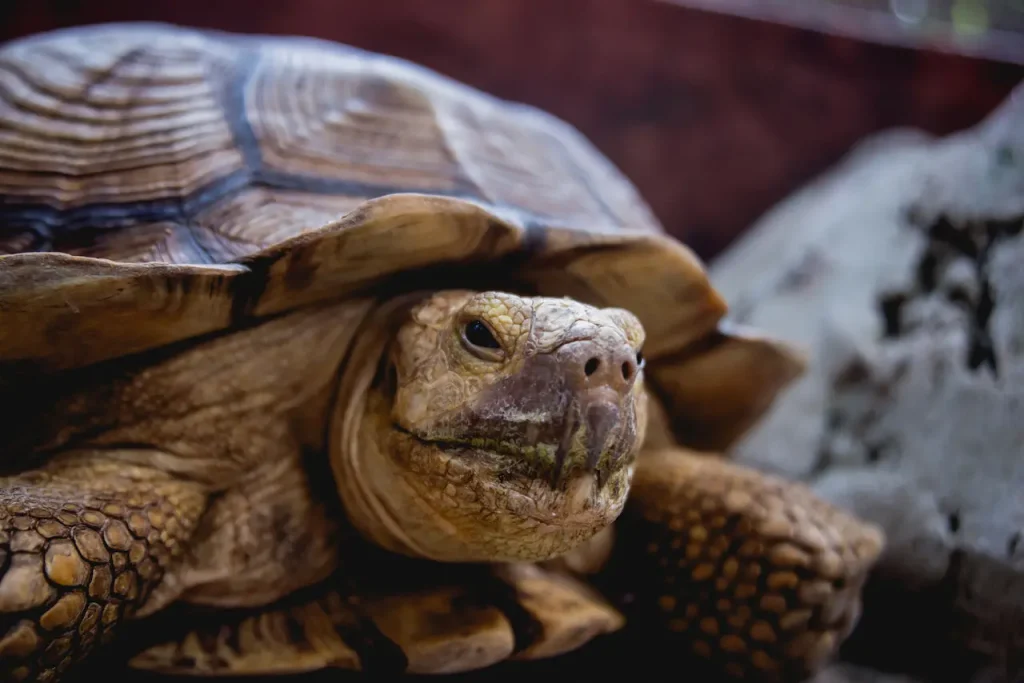
There are strict laws that protect the wild Coahuilan Box Turtles in their natural habitat. Those available in the pet trade are rare and those that are in the pet trade legally are rarer still and are always sold at an extremely high price.
Coahuilan Box Turtle Habitat
The Coahuilan Box Turtle is endemic, a term that means a species is unique to only one specific location on Earth. In this case, that one location is Cuatro Ciengas in Coahuila, Mexico.
Their native region, while small to begin with; has been gradually shrinking mostly due to agricultural in the area. With their habitat ever shrinking inward, many are worried that this subspecies of box turtle will die out.
As their unofficial name would imply, the Aquatic Box Turtle is indeed an aquatic creature; and is the only subspecies of box turtle to be such.
It spends roughly 90% of its time in water, enough so that algae will commonly grow on the exterior of their shells. They spend their time in marshlands, amongst tall grass and brush, and a lot of water. They can dig into mud to cool themselves down, as well as seek shade in grass or brush.
Body
The Coahuilan Box Turtle is the only aquatic subspecies of box turtle. Their bodies can accommodate the long periods they spend in water. It’s not uncommon to find algae on the exterior of their shell.
As with all box turtles, their shell is hinged and they can enclose themselves in it entirely when they feel threatened. Their skin has dark colours, such as deep browns or greys or in some cases even black.

Sexing a Coahuilan Box Turtle
Breeding for Coahuilan Box Turtles has not been studied very extensively. A trick that can be used to have sex with most box turtles is to look at their lower shell. The male’s lower shell has a concave curve to it so that it can mount over the female turtle. A female’s lower shell is flatter by comparison.
What Does a Coahuilan Box Turtle Eat?
The Coahuilan Box Turtle is an omnivore, meaning it eats both meat and plant matter. All box turtles tend to go for insects for their meat and protein, as these small targets are the easiest, most available prey. Their targets are often found in water, where the Aquatic Box Turtle spends most of its time. Insects like to breed in shallow water, and this is normally where box turtles can find them.
For plant matter, box turtles can eat certain types of grass, moss, berries, fruit, and mushrooms.
How Old Can a Coahuilan Box Turtle Get?
The Coahuilan Box Turtle requires more study, but most species of box turtle can survive in the wild for around a hundred years.
Keeping Coahuilan Box Turtles as Pets
This species is in such danger of dying out, it is not recommended that the average individual put them into captivity. It is also very rare for the average person to have the opportunity to obtain one of these turtles legally.
Housing a Coahuilan Box Turtle
Constructing an artificial habitat for a Coahuilan Box Turtle is something best left to professional wildlife preservers. And even then, this comes at a risk. All box turtles are known to have significantly lower life spans when kept in captivity; possibly due to stress linked to their strong instinct to stay relatively close to where they were born.
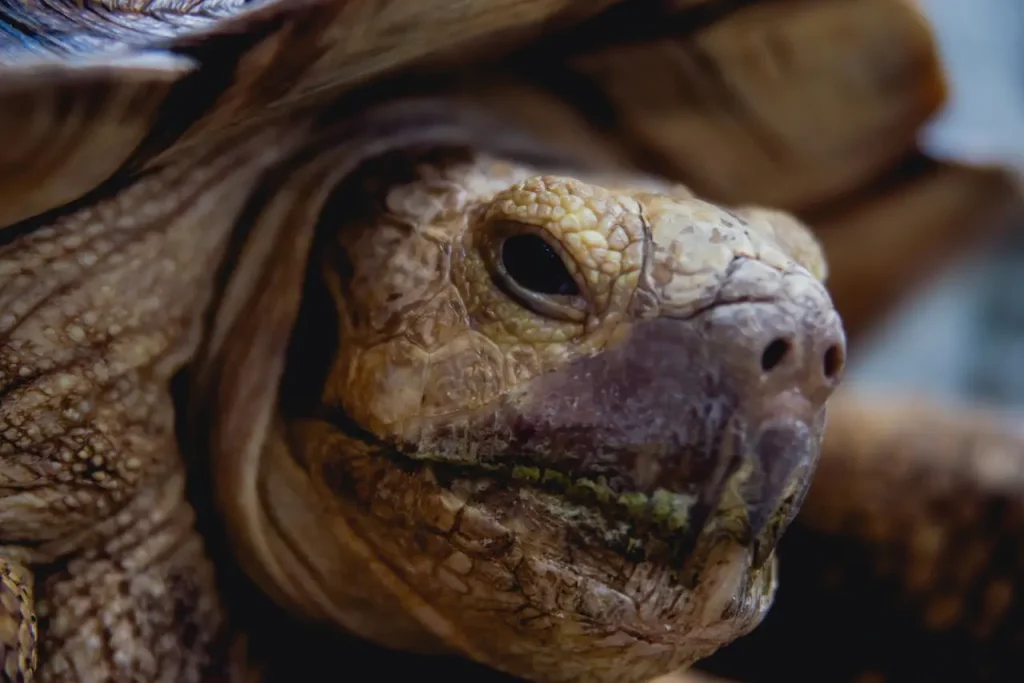
It can be dangerous to remove a Coahuilan Box Turtle from their habitat, even temporarily. If returned to the wild in an unfamiliar spot, they will wander looking for their home; likely until they die.
